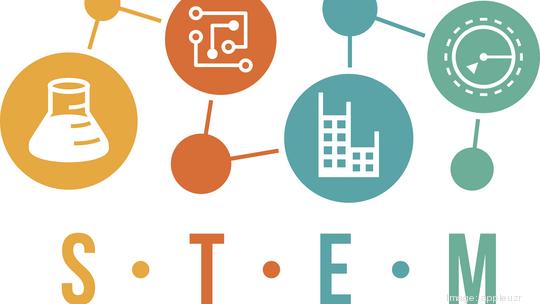
As it is, women make up less than one-third of the workforce in science, technology, engineering and math, but a new study finds that many of those women who are in STEM careers may soon leave.
A new survey by MetLife found that women in STEM were nearly twice as likely than women in other industries to say they are considering leaving the workforce right now, for reasons such as stress/burnout; seeing others getting promoted ahead of them; not being paid fairly; lack of purposeful and meaningful work; and a lack of diversity at their company.
Historically, women have been steered away from science and math throughout their education, limiting their access, preparation and opportunity to go into STEM fields as adults, multiple studies have found.
“The gender gaps are particularly high in some of the fastest-growing and highest-paid jobs of the future, like computer science and engineering,” according to the American Association of University Women, whose data shows that women make up only 28 percent of STEM jobs.
The MetLife survey found that the pandemic worsened the setbacks and gaps for women in STEM, finding that more women in STEM took pay cuts, medical leave, were furloughed, or took family/caregiver leave compared to the total workforce.
A typical STEM worker earns two-thirds more than those employed in other fields, according to Pew Research Center. And some of the highest-earning STEM occupations, such as computer science and engineering, have the lowest percentages of women workers.
According to a report by AAUW, key factors perpetuating gender STEM gaps include:
- Gender stereotypes: STEM fields are often viewed as masculine, and teachers and parents often underestimate girls’ math abilities starting as early as preschool.
- Male-dominated cultures: Because fewer women study and work in STEM, these fields tend to perpetuate inflexible, exclusionary, male-dominated cultures that are not supportive of or attractive to women and minorities.
- Fewer role models: Girls have fewer role models to inspire their interest in these fields, seeing limited examples of female scientists and engineers in books, media and popular culture. There are even fewer Black women role models in math and science.
- Math anxiety: Teachers, who are predominantly women, often have math anxiety they pass onto girls, and they often grade girls harder for the same work and assume girls need to work harder to achieve the same level as boys.
“The myth of the math brain is one of the most self-destructive ideas in American education – research shows no innate cognitive biological differences between men and women in math,” the AAUW report states. “Many girls lose confidence in math by third grade.”
By the time they reach college, women are significantly underrepresented in STEM majors – for instance, only around 21 percent of engineering majors are women and around 19 percent of computer and information science majors are women.
The statistics match the feelings revealed by working STEM women in the MetLife survey, where 70 percent said they believe their employer values their male colleagues more than them.
Other key findings of the MetLife survey include:
- 73 percent of female STEM workers feel men are promoted on potential while women are promoted on their track record; 53 percent of men in STEM agree.
- Women in STEM leadership ranks – including people managers, team leaders and executive leadership- fell 14 percent over the past year.
- More than 4 in 5 female STEM workers (82 percent) said they have experienced difficulties that have slowed their career progression.
- 53 percent of employees believe it will take more than 10 years for women to be equally represented in STEM fields. Female STEM workers believe it will take even longer, with 30 percent thinking it will take more than 20 years or perhaps never in their lifetime.
There are several measures women say employers can take to encourage them to continue pursuing careers in STEM, including increased flexibility (60 percent); career progression opportunities (56 percent); increased economic advantages (52 percent); meaningful organizational purpose and values (48 percent); and creating an inclusive workplace (42 percent).








